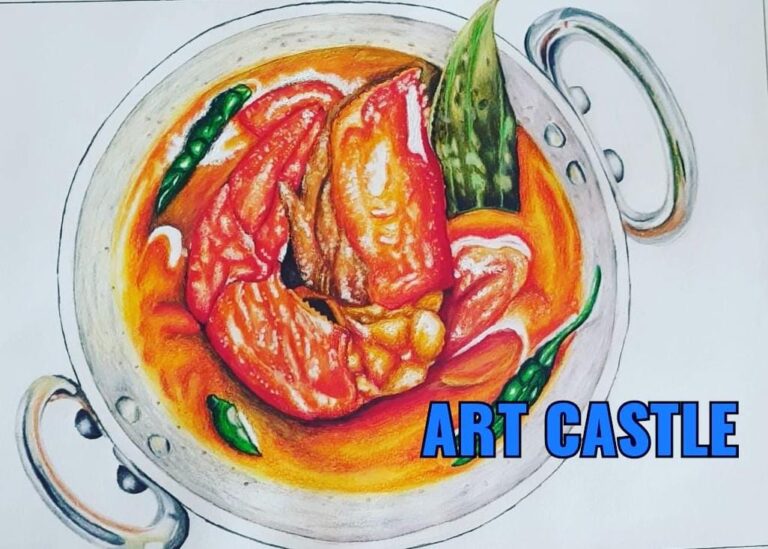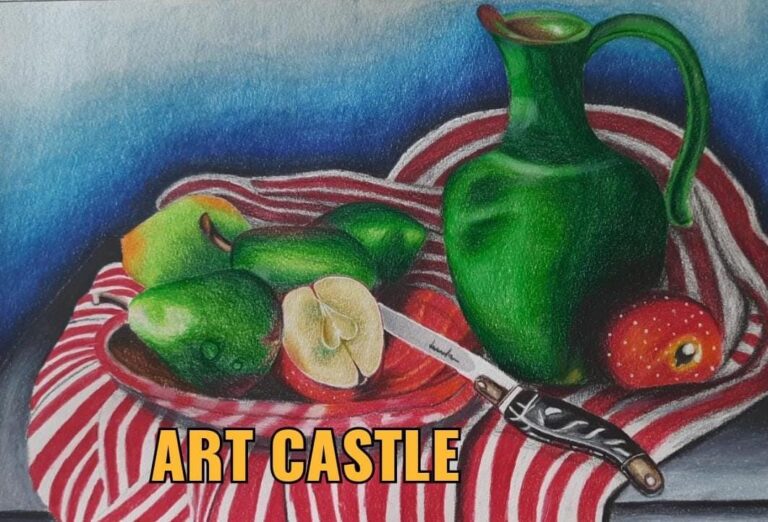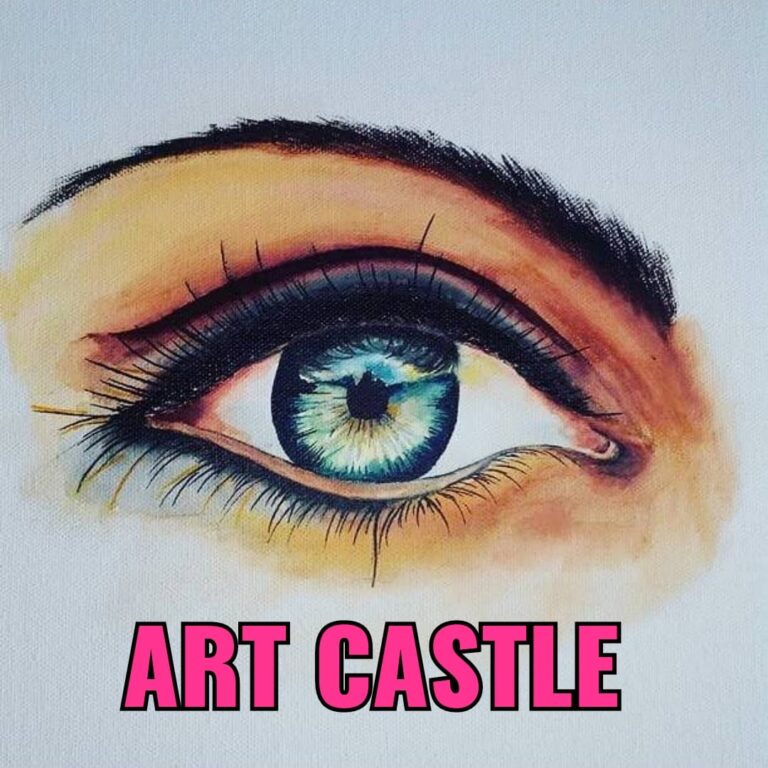FINE ART - ART CASTLE SCHOOL
At Art Castle School, the Fine Art subject is designed to ignite creativity and foster artistic skills in students. The curriculum encompasses a diverse range of mediums and techniques, allowing students to explore traditional and contemporary art forms. From drawing and painting to sculpture and digital art, the program emphasizes both foundational skills and innovative practices.
Students begin with core principles of art, including color theory, composition, and perspective. As they progress, they delve into more complex projects, often inspired by historical movements, current trends, and personal interests. The school’s well-equipped studios and access to a variety of materials provide an ideal environment for experimentation and self-expression.
Art Castle’s Fine Art classes are taught by experienced instructors who encourage critical thinking and artistic growth. Students engage in individual and group critiques, helping them to refine their work and develop a personal style. Opportunities for exhibitions and art shows allow students to showcase their achievements and gain confidence.
Overall, the Fine Art subject at Art Castle School is not just about creating art but also about understanding its impact on society, fostering a lifelong appreciation for creativity, and preparing students for potential careers in the arts.

Art Castle School offers a comprehensive art education program tailored to a wide age range, from young beginners aged 4 to aspiring professionals seeking careers in the fine arts. For young children, the focus is on nurturing creativity and fundamental skills through playful and engaging activities. Young students explore colors, shapes, and textures, using age-appropriate materials to express their ideas and develop a love for art.
As students advance, the curriculum becomes more structured, introducing them to various techniques and artistic concepts. They progress through stages that build their skills in drawing, painting, sculpture, and digital art. Emphasis is placed on developing a strong foundation in art principles, critical thinking, and personal expression.
For those aiming to build a career in the fine arts, Art Castle provides specialized guidance and advanced training. Students receive individualized mentorship to refine their techniques, develop a unique artistic voice, and prepare for professional opportunities. The school also offers portfolio development, career counseling, and exposure to industry practices through workshops and exhibitions.
Art Castle School’s approach ensures that students of all ages receive the support they need to grow as artists, whether they are just starting their journey or preparing for a professional path in the fine arts.

The fine art field offers a diverse array of professional courses, each designed to equip students with specialized skills and knowledge for various career paths. Here’s a list of key professional courses commonly available in the fine art field:
1. Bachelor of Fine Arts (BFA): A comprehensive undergraduate program that covers a broad range of artistic disciplines, including drawing, painting, sculpture, printmaking, and digital media. It provides foundational knowledge and technical skills while encouraging individual creativity.
2. Master of Fine Arts (MFA): An advanced degree focusing on the development of a personal artistic style and mastery of specific techniques. It typically involves intensive studio work, critical theory, and a final thesis project or exhibition.
3. Art History: Courses in art history explore the evolution of art across different cultures and periods. This knowledge is crucial for understanding artistic movements and influences, and it complements practical art training.
4. Art Education: Designed for those interested in teaching art, these courses cover pedagogical methods, curriculum development, and classroom management, along with advanced art techniques.
5. Graphic Design: This course focuses on visual communication and design principles. It includes training in digital tools, typography, branding, and layout, preparing students for careers in advertising, media, and design.
6. Illustration: Specializes in creating visual images to accompany text or convey concepts. Courses cover traditional and digital illustration techniques, including character design, storyboarding, and editorial illustration.
7. Sculpture: Focuses on three-dimensional art forms using materials like clay, metal, wood, and found objects. Students learn techniques in carving, modeling, casting, and assembling.
8. Photography: Covers both traditional and digital photography techniques, including composition, lighting, and post-processing. It prepares students for careers in fine art photography, commercial photography, or photojournalism.
9. Printmaking: Includes courses on techniques such as etching, lithography, screen printing, and relief printing. Printmaking courses teach students how to create multiple copies of artworks through various print processes.
10. Digital Media Arts: Explores the intersection of art and technology, including digital painting, animation, video art, and interactive media. Students learn to use software and digital tools to create contemporary artworks.
11. Art Therapy: Combines art-making with therapeutic techniques to help individuals express emotions and improve mental health. This course prepares students for careers in counseling and therapeutic settings using art as a medium.
12. Art Conservation and Restoration: Focuses on the preservation and repair of artworks and historical artifacts. Students learn techniques for cleaning, stabilizing, and restoring artworks to their original condition.
These courses provide a foundation for various careers within the fine arts, equipping students with both the technical skills and theoretical knowledge necessary to succeed in their chosen fields
